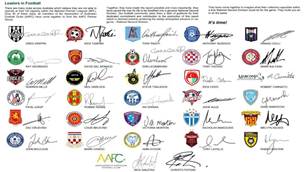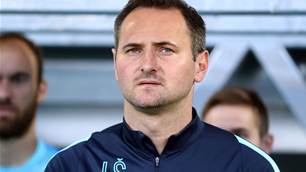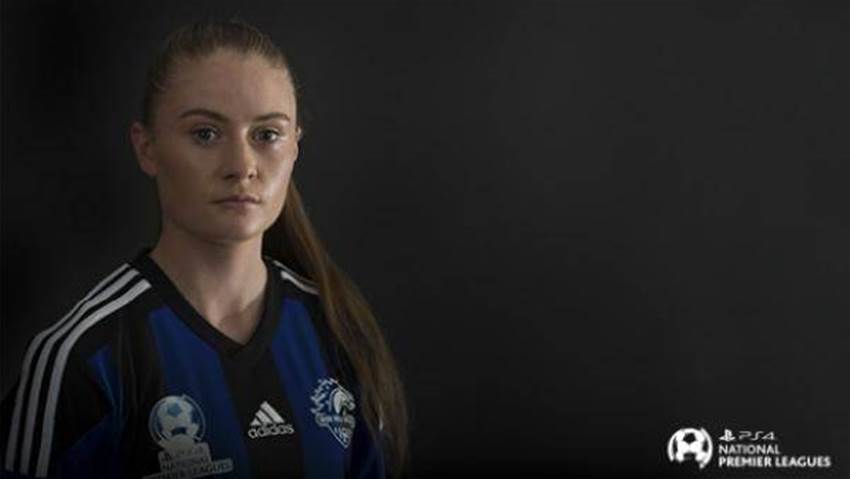Football Victoria’s NPLW competition is in for an exciting 24 months with a number of interesting changes and proposals being put forward.
For the 2020 season the NPLW will have only eight teams, with Geelong Galaxy United and Southern United losing their senior NPLW licences.
Both Galaxy and Southern will feature in a newly created Second Division, which has been interposed between the NPLW and State League One. Both clubs will retain junior NPLW licences.
The new tier will see Galaxy and Southern joined by Preston Lions, Melbourne Knights, Boroondara Eagles, Casey Comets, Eltham Redbacks, Melbourne Uni, South Yarra and Whitehorse United.
There is talk of potential promotion and relegation between this division and NPLW for 2021 but FV have not committed to this as yet, understandably preferring to see how 2020 pans out.
The decision to strip Galaxy and Southern of senior licences was initially met with plenty of condemnation from the wider Victorian football community, however as time has passed many people have come to accept and even praise the move. The NPLW has long been criticised for not having enough talent, and 10 teams was considered to dilute this even further.
Former Matilda and current Southern United coach Deb Nichols was initially disappointed her club had lost their senior licence, however she has since taken a pragmatic view of the move.
“I sincerely hope the reduction of teams improves the competition after the distress the decision brought to both Southern and Galaxy,” said Nichols.
“We are looking forward to participating in the new division and working our way back to the top flight.”

The long term plan for NPLW is to follow the current boys model where several clubs will have junior NPL licences which then filters through to a smaller number of senior clubs, which means plenty of kids will get a chance to develop but only the best junior talent will make it to the top.
It is a sound theory but it will undoubtedly cause heart ache when girls who have worked hard at the junior level miss out on NPLW senior opportunities. However, this is the reality of elite level football, not everyone will make it.
“ The junior NPLW has been excellent and continues to improve,” said Nichols.
“Every young girl out there will get a chance to prove themselves and receive the best possible training.
“Time will tell how it all works out.”
The cost of playing in the NPLW is another major issue that needs to be addressed. At the moment NPLW clubs fork out $11,000 to pay for a licence, referees fees are $940 per home game, clubs are required to have appropriately qualified coaches which costs money and there are general matchday running expenses to cover.
Most NPLW clubs struggle for sponsors meaning most of these costs are passed on to parents via high junior registration costs. This means a lot of talented footballers may miss out due to their family’s financial circumstances which is a great shame.
Nicholls admitted its a major challenge for clubs to bring down fees when there are so many rules and regulations in place to have an NPLW licence.

“It’s a good question isn’t it?” asked Nichols. “How can clubs raise the funds to pay for referees and coaches?
“If you are demanding B and C licence coaches then you need to pay reasonable wages. The question is, can FV reduce the costs for clubs to help cater for it?
"For example, if they made the licence fee cheaper, it would help bring down overall costs.”
There have been calls from football experts to ease up on the regulations for female football especially considering the lack of commercial interest in the game. Many argue that having all of these extra rules, though well intentioned, just end up pricing talented footballers out of the game.
It will an interesting two years coming up for the NPLW in Victoria. Only time will tell how the decisions being made now will pan out.
Related Articles

Promised land: Clubs queue to chase A-League dream

Former Socceroo captain on St George Saints transformation













